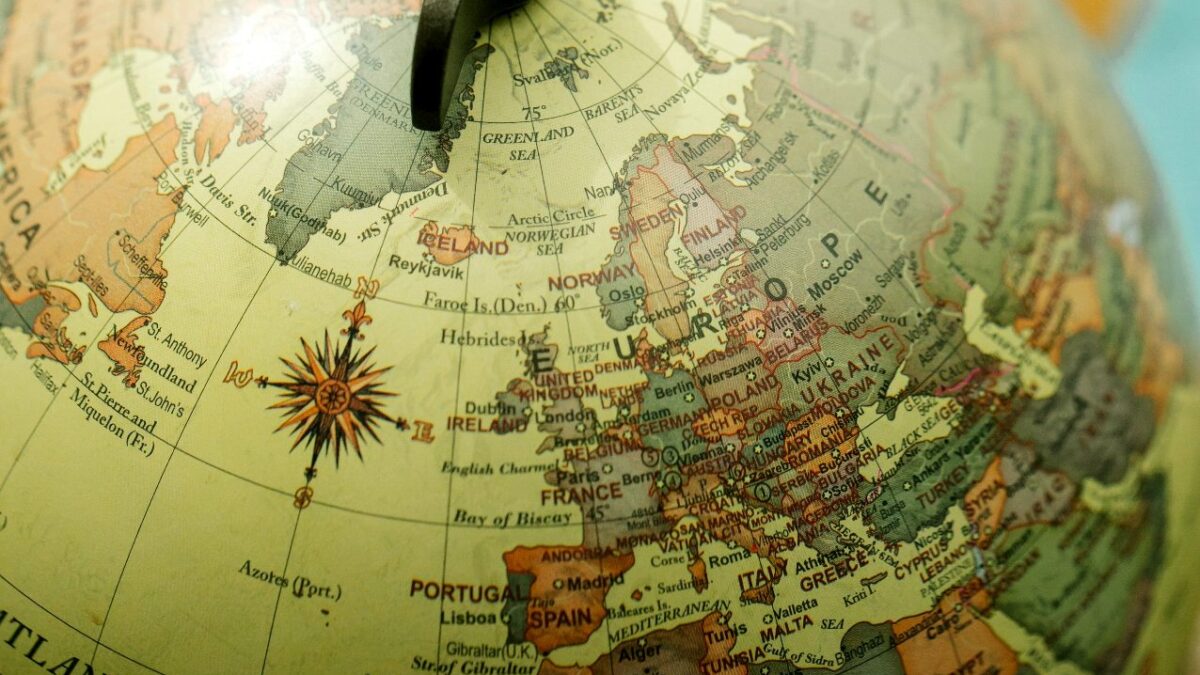Following a visible bounce-back in 2021, the online advertising industry boom in Europe is slowing down in 2022, fueled by some serious challenges and uncertainties. Yet the market resilience in the future months remains undisputed.
Likewise as in case with the other geographic regions, the European digital advertising landscape has been undergoing its ups and downs over the past several years. Namely, following somewhat a decline, caused by numerous lockdown restrictions, 2021 became the year of its rapid bounce-back.
Digital Ad Market is Growing Steadily
As the latest AdEx Benchmark report results demonstrate, the YoY online advertising market growth in Europe exceeded 30% in 2021, with its overall value reaching the impressive amount of 92,000,000,000 EUR. In particular, social advertising grew faster than other display niches (+42% YoY vs. 27% YoY, correspondingly), with social video remaining the fastest-growing sector in the niche.
More importantly, online video advertising was, in a whole, a vital driver for the entire display advertising industry in the region, which accounted for ~46% of the total ad spend in it and even exceeded 50% in three countries (i.e. Ukraine, Italy and the UK).
As for the current realities, the war in tandem with huge macroeconomic uncertainties, like the looming recession and the record-breaking inflation, are indicating somewhat a temporary decline in the market growth dynamics in the months to come.
However, as the experts admit, this doesn’t imply the forthcoming market reduction in any way. On the contrary, most of them forecast the further increase of the overall market value, i.e. up to 94+ Billion EUR in 2022.
High Inventory Quality & Adherence to Standards Remain Top Brands’ Requirements
Quite naturally for the European digital marketing industry and advertising market, the 2022 survey results unveil that top-tier brands, particularly in the video ad segment, are holding their Supply partners to comparatively stricter requirements, demanding both the higher inventory quality, better video ad viewability, and the implementation of the more advanced brand safety measures.
Non-surprisingly though, only less than 5% of respondents (regardless of their net worth) were eager to increase their ad budgets in order to pay more to their premium-quality Supply partners.
In addition, over 90% of advertisers admitted their preferences to collaborate with publishers, who adhere to industry standards, as well as the region-specific privacy laws and regulations, like GDPR or SOC 2 compliance, for instance.
However, closely to Q4 of 2022, the latter trend is likely to be somewhat reversed, putting “the ball in the Demand side corner”, when DSPs will be rushing to adopt the updated Ad Product Taxonomy 1.1, in order to ensure compliance with new ad regulations (e.g. in the UK).
While in the courts…
The appeal against the APD’s (Litigation Chamber of the Belgian Data Protection Authority) decision on the use of TCF 2.0 is still ongoing, and the court isn’t likely to announce its decision on the merits of the case until the beginning of September 2022. In view of this, most industry players in Europe won’t take any further measures in this respect, until Q4 2022.
Wish to stay informed on the latest industry trends? Check out our guide to the digital ad events in Europe worth RSVPing to in Q3 & Q4 2022.

